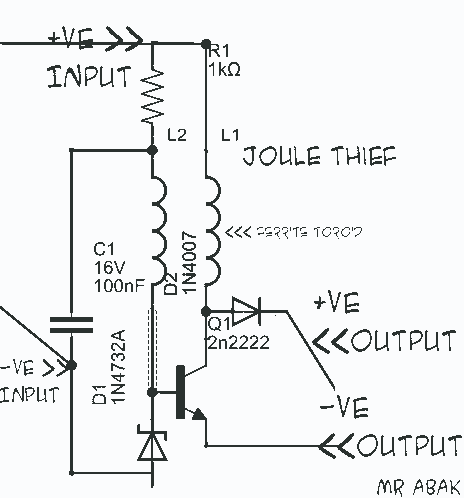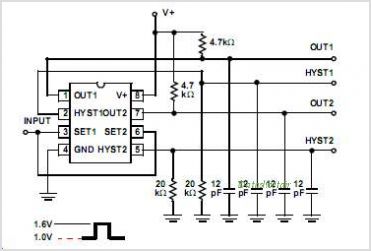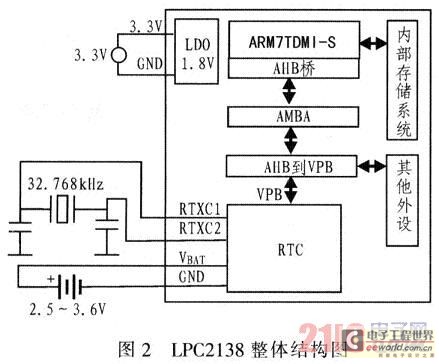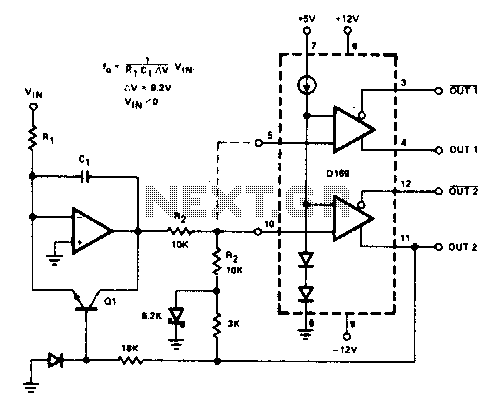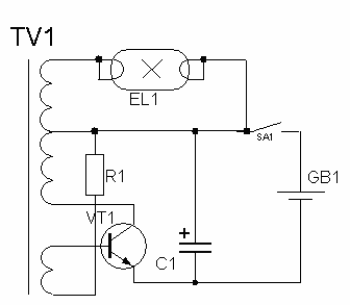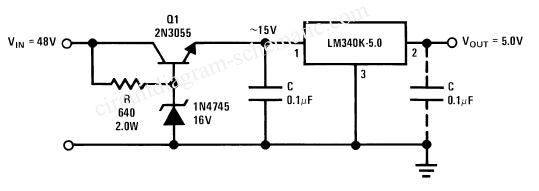
NFC Tag communication system

A calculating resonance capacity is derived from formula (1), and an NFC Tag LSI is integrated into the antenna circuit board. The resonance frequency is measured, followed by adjustments to the resonance capacity.
The circuit design involves calculating the resonance capacity using a specific formula, which is essential for optimizing the performance of the NFC (Near Field Communication) system. The NFC Tag LSI, or Large Scale Integration, is a critical component that facilitates communication between the NFC tag and the reader.
The antenna circuit board is designed to support the NFC Tag LSI, ensuring that it can effectively transmit and receive signals. The resonance frequency of the antenna is a crucial parameter that affects the efficiency of the NFC communication. This frequency must be precisely measured to ensure that the antenna operates at its optimal performance level.
After measuring the resonance frequency, adjustments to the resonance capacity are necessary. This adjustment process may involve changing the values of capacitors in the circuit or altering the physical dimensions of the antenna to achieve the desired resonance frequency.
The overall goal of this process is to ensure that the NFC system operates reliably and efficiently, facilitating seamless communication in applications such as mobile payments, access control, and data transfer. Proper tuning of the resonance capacity directly impacts the range and effectiveness of the NFC communication, making it a vital aspect of the circuit design.A calculating resonance capacity from formula (1) and NFC Tag LSI are set to antenna circuit board, and measured resonance frequency, after that, adjusting resonance capacity 🔗 External reference
The circuit design involves calculating the resonance capacity using a specific formula, which is essential for optimizing the performance of the NFC (Near Field Communication) system. The NFC Tag LSI, or Large Scale Integration, is a critical component that facilitates communication between the NFC tag and the reader.
The antenna circuit board is designed to support the NFC Tag LSI, ensuring that it can effectively transmit and receive signals. The resonance frequency of the antenna is a crucial parameter that affects the efficiency of the NFC communication. This frequency must be precisely measured to ensure that the antenna operates at its optimal performance level.
After measuring the resonance frequency, adjustments to the resonance capacity are necessary. This adjustment process may involve changing the values of capacitors in the circuit or altering the physical dimensions of the antenna to achieve the desired resonance frequency.
The overall goal of this process is to ensure that the NFC system operates reliably and efficiently, facilitating seamless communication in applications such as mobile payments, access control, and data transfer. Proper tuning of the resonance capacity directly impacts the range and effectiveness of the NFC communication, making it a vital aspect of the circuit design.A calculating resonance capacity from formula (1) and NFC Tag LSI are set to antenna circuit board, and measured resonance frequency, after that, adjusting resonance capacity 🔗 External reference
